
views
Mumbai: India will let cellular carriers share airwaves and allow for consolidation in a crowded industry that has been battered by ferocious competition and a multi-billion-dollar scandal, under new proposals announced on Monday. The draft policy will "facilitate consolidation in the converged telecom service sector while ensuring sufficient competition," Telecoms Minister Kapil Sibal said as he announced several new initiatives for the sector in a draft of the policy. Many of the details are still to be worked out, and the policy is expected to be finalised by December.
Some key proposals:
Spectrum ownership
Following last year's 2G license allocation scandal, which a state auditor said cost the exchequer up to $39 billion in lost revenue, an overhaul of how spectrum is allotted to and used by India's mobile firms was widely expected. Under the new proposals, second-generation mobile spectrum that now comes bundled with a telecoms license will be separated and priced on a market basis, which means operators will have to pay for additional radio airwaves.
Spectrum sharing, pooling and trading will be permitted, and an exit policy for operators will be drawn up under the new plans, which called for 300 megahertz of additional spectrum to be released by 2017 and 200 megahertz more by 2020.
Rural connectivity
Rising incomes and a bulging middle class have made mobile phones ubiquitous in modern urban India. But teledensity - the number of phones per 100 people - in rural areas currently stands at around 35. The new proposals aim to increase that to 60 by 2017, and to 100 by 2020, opening up the market to millions of currently unconnected Indians.
The policy also proposes providing high speed broadband through optical fiber networks to village governments across the country by 2014.
"Right to broadband"
Placing connectivity alongside basic needs such as education and health, the government's new "Right to Broadband" strategy proposes 175 million high-speed connections by 2017 and 600 million by 2020. The proposals will also upgrade India's broadband download speed to 512 kbps from 256 kbps, and promises a minimum download speed of 2 mbps by 2020.
One nation-one License, no roaming charges
India's telecoms industry currently operates under 22 zone boundaries, meaning a subscriber with a New Delhi registered connection pays roaming fees should they use it outside the city limits, much like moving between countries in Europe.
The new proposals aim to make that a thing of the past, building on a roll-out of number portability across networks launched this year to work toward connections that are not locked to a single geographic area.
Domestic promotion
With a goal of making indigenous technology equipment manufacturers self-sufficient, the proposals aim for domestic manufacturers to meet 80 per cent of the industry's demand by 2020, with a value addition of 65 per cent.
That will be driven by a fund to promote domestic research and development and innovation, and the creation of preferential market access for domestically-made products such as mobile network equipment, devices and SIM cards with enhanced features.










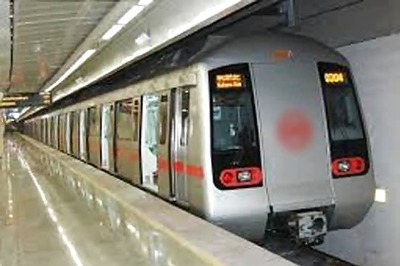

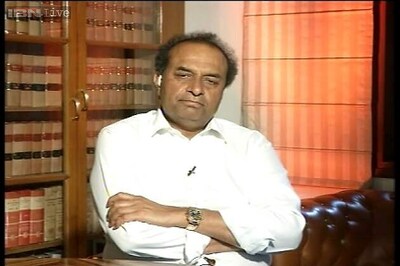


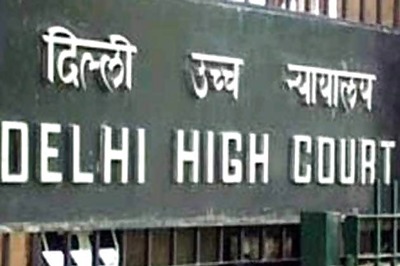
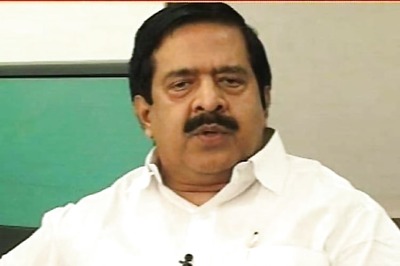
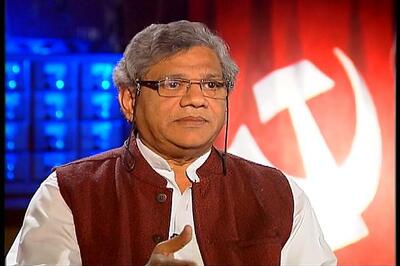


Comments
0 comment